Silver birch (SBI)
Silver birch is one of two native birches in Britain and was historically an important source of wood for fuel, charcoal and small wood products, particularly wooden bobbins. It was not recognised as a timber tree and the increased use of plastics saw it fall out of general use. There is increasing interest in the potential for birch as a productive forest species.
Silver birch is a pioneer species and early seed producer and can regenerate and spread rapidly in suitable conditions. Birch woodlands (B. pendula and B. pubescens) cover c 240,000 or c 18% of Britain’s broadleaved woodland cover. They are our most frequent woodland species either as a component or as pure stands.
Unfortunately, birches are still considered a weed by most foresters and often an invasive by ecologists particularly on lowland heaths. There is a growing understanding of the silvicultural requirements of birch and its potential to play a significant role in future forestry.
Silver birch is a native species and is categorised as a principal tree species. This indicates that our silvicultural knowledge of the species should enable successful deployment across Britain. Such species are either already widely used or are increasing in usage. They will continue to be important unless they prove vulnerable to a new pest or disease or are adversely affected by climate change.
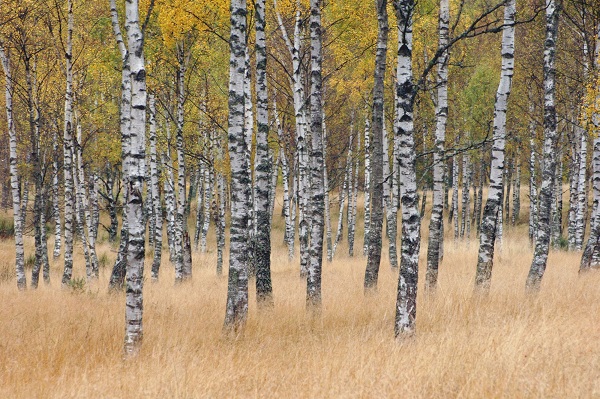
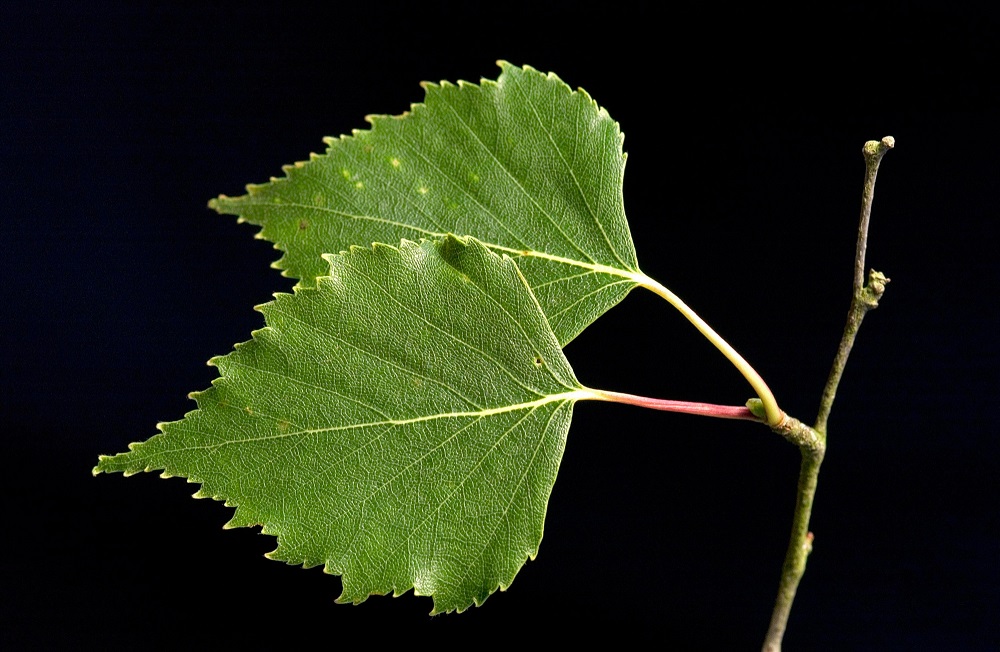

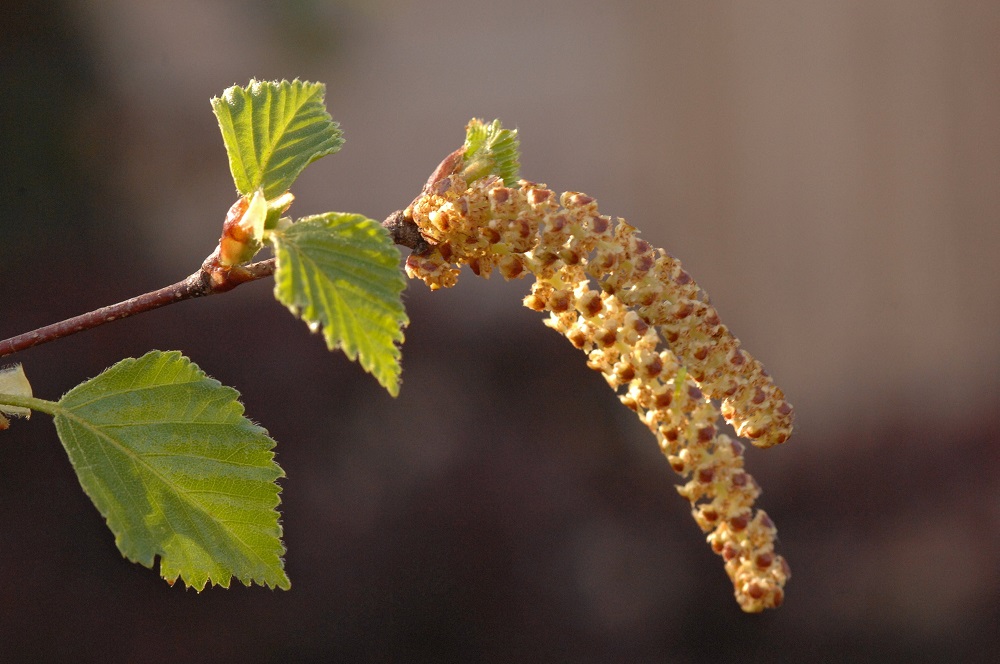
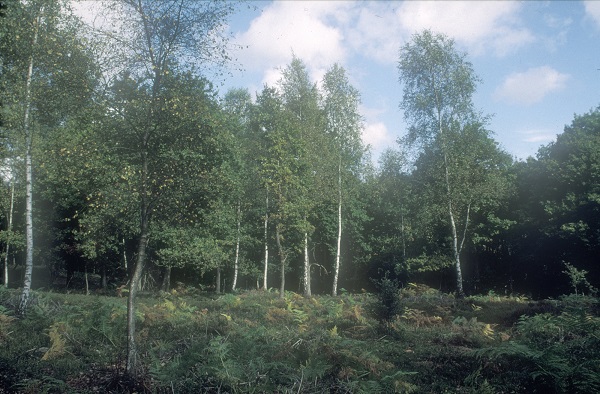
Range
Native to all parts of the British Isles up to the tree line and is widely distributed across Europe and northern Asia.
Provenance Choice
British seed sources of good form or qualified material now available from the silver birch breeding programme should be used. Avoid seed sources from more continental European climates.
Site Requirements
Silver birch is a light demanding pioneer species with fast early growth which is both frost resistant and windfirm. Grows on a wide range of mineral soils from very poor to medium nutrient status, but on wetter soils it tends to be replaced by downy birch. It is the dominant birch species on the drier, lighter soils in southern and eastern Britain. It is a relatively short-lived species (ca 70 years), and mature trees often die after a severe drought (e.g., 1976, 2003). It often colonises restock sites where mixtures with both conifers and broadleaves can develop.
Further detail on the site requirements of silver birch in current and future climates can be examined using the Forest Research Ecological Site Classification Decision Support System (ESC).
ECOLOGICAL SITE CLASSIFICATION TOOL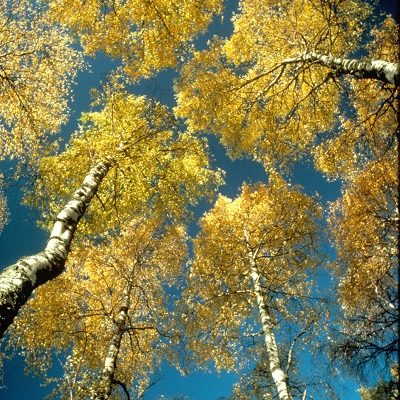
Silviculture
When grown in pure stands, silver birch should be naturally regenerated or planted to provide a stocking density of at least 2500 stems ha-1 for timber production. Both bare-root and containerised seedlings make satisfactory planting stock, although taller seedlings may have a poor shoot:root ratio. Good weed control is essential for satisfactory establishment which should continue until the leading shoots are above the competing vegetation. Protection from browsing is also needed to ensure good stem form.
Silver birch’s rapid height growth should result in canopy closure by 15-20 years after which regular and heavy thinning is essential to maintain a crown depth of about half tree height on the favoured trees. With this approach, trees of sawlog dimensions can be produced in 40-55 years depending upon site quality. Yield classes of 6-8 are usual, but higher values could be obtained on the best sites. The tallest trees are around 30 m.
Although often found in pure stands, silver birch also grows in mixture with various conifers and broadleaves, and it can be a useful nurse on more exposed or frosty sites. However, after canopy closure it tends to be outcompeted by faster growing conifers so that sizable clumps of birch are needed for the long-term survival of the mixture.
Silver birch starts to produce seed from about 15 years of age and good seed crops can be expected most years thereafter. With favourable site conditions such as exposed mineral soil and little vegetation competition, natural regeneration can be abundant with densities of ten thousand seedlings ha-1 or more. Once established, such regeneration should be respaced to favour the better-quality stems.
The interest in silver birch in British forestry has increased over recent decades and this is likely to continue, but with climate change the species may be increasingly vulnerable to die back after drought on drier sites.
Pests and Pathogens
Widespread and gradual dieback of birch occurs in some areas, especially in young trees 5-10 years after planting. Rust pathogen Melampsoridium betulinum is considered important on birch in several European countries, associated with reduced height growth and increased mortality. Provenance and environmental conditions play a role in infection levels.
On silver birch two canker fungi are particularly associated with the dieback –Discula betulina and Marssonina betulae. Provenance may be a principal factor in determining susceptibility to these diseases, although climatic variables also play a part. Betula is also rated as very susceptible to Armillaria root rot (honey fungus).
See our other tools and resources
Further Resources
External
In addition to the general sources of information for species the following are useful for silver birch.
Cameron, A.D. (1996) Managing birchwood’s for the production of quality timber. Forestry, 69, 357-371.
Leslie, A. (2024). Best practice prescriptions for propagating and establishing silver birch (Betula pendula) for timber production. Monograph. Future Trees Trust, Coleshill, SN7 6PT. www.futuretrees.org.
Reynolds, C., Jinks, R., Kerr, G., Parratt, M. and Mason, B. (2021) Providing the evidence base to diversify Britain’s forests: initial results from a new generation of species trials. Quarterly Journal of Forestry. 115(1): 26-37
Worrell, R. 2023 Birch Woodland Management Handbook. 2nd Edn. Future Trees Trust, 90pp.




